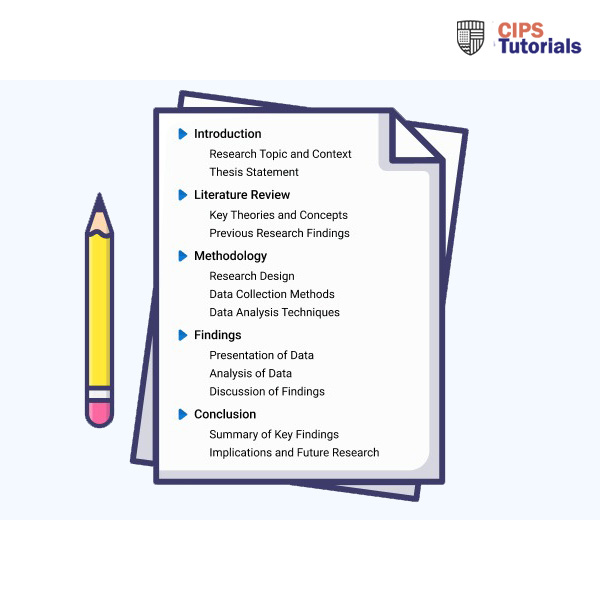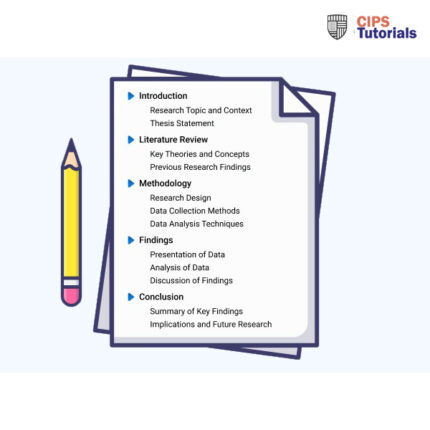-75%
Solution
Negotiation entails a good team and that team needs to be properly coordinated and each member assigned certain responsibilities. The team members include:
Lead Negotiator: Owes the obligation of providing direction in discussing matters, of making important decisions, and of guiding the children to stay on-course in the negotiation process. The current holder of this role would preferably be someone with prior experience in negotiating Technology and Integration risks in high stakes environments.
Finance Representative: Swift Reports of budgetary control, verification of cost control objectives and information concerning ROI and costs.
Technical Expert: Contains recommendations regarding the technological aspect of each category and discusses its feasibility.
Observers: These members offer other perceptions, record, and pay particular attention to the supplier team’s gestures and reaction.
Internal alignment means that all members of the team know where they stand, what has to be done, why, and how it will be done. French and Raven’s Five Bases of Power as shown in figure 6, can be applied to define how each member will influence the negotiation (Mind Tools, 2022):
Figure 5:French and Raven’s Five Bases of Power
- Coarsion Power: Employed by the primary negotiator to familiarise with an opponent and to set dominance.
- Reward Power: Finance representative could use this by negotiating the possibility of future ones or an option of further cooperation as a reason for reasonable prices.
- Expert Power: Technical expert will employ his/her expertise to convince ROSHN that such requirements are valid for the firm based on technological advances.
- Legitimate Power: Authority derived from a formal position or role, allowing the negotiator to make binding decisions.
- Referent Power: Influence gained through charisma or respect, enabling a negotiator to inspire cooperation.
For smooth interteam cooperation in the meeting, it is useful to run through some concerns and potential actions and reactions to supplier actions. Rehearsal is a great tool used by the team to prepare for the response to the expected arguments from Suppliers.
Draft Agenda
A draft agenda is essential to structure the negotiation meeting, keeping discussions focused and within the allocated time. For a commercial negotiation with ROSHN’s technology suppliers, the agenda might look as follows in table 3:
Source:
Each of them comprises certain strategies or actions that should be implemented. For instance, during the pricing negotiation, the Finance Representative can use anchoring to propose a more favorable price when the conversation has started, while the lead negotiator might use reciprocity to agree to give concessions on peripheral issues in exchange for essential ones.
Please click the following icon to access this assessment in full

